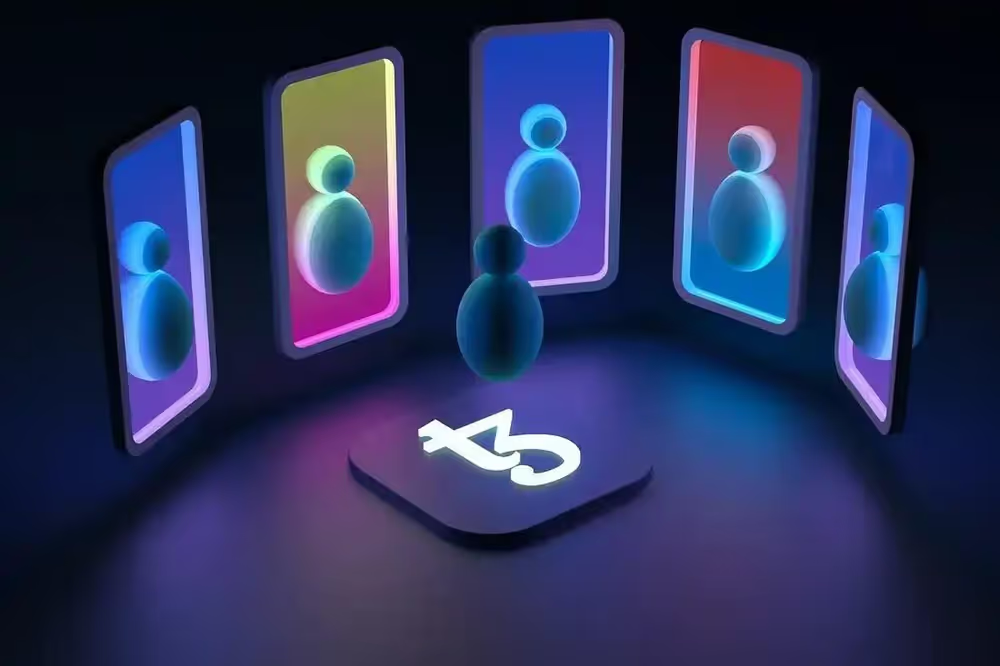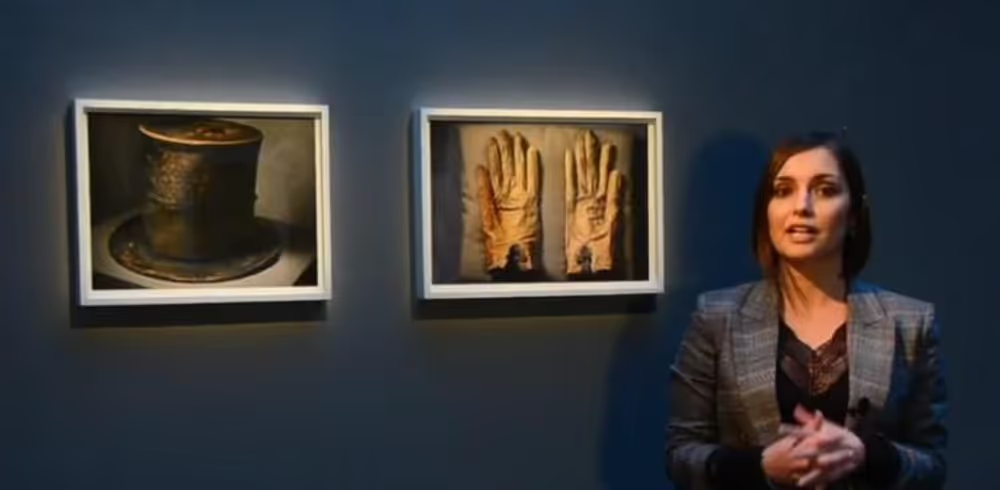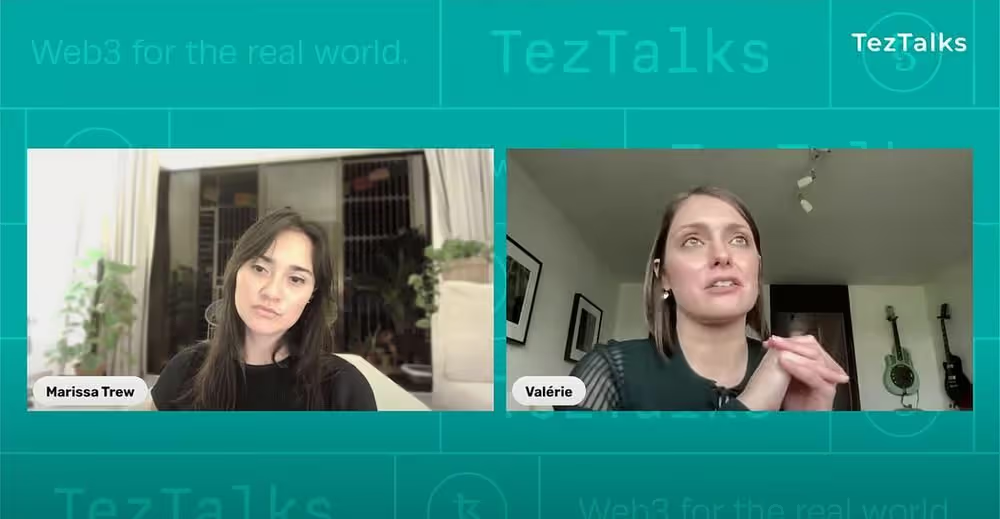Adapt and Thrive: Growing the Tezos Art Ecosystem with Valerie Whitacre
As Trilitech’s Head of Art, Valerie is bringing her special skillset to advancing the Tezos art ecosystem.
8 minute read

The road to NFT-focused digital art gaining widespread acceptance in the traditional or “legacy” art world is a long and winding one. Here in the Tezos ecosystem, with its thriving arts community, second-to-none NFT marketplaces, and low gas fees, the quest to navigate that road and claim a prominent place at the lucrative digital art table to come is already well underway.
But, as many who have taken their first tentative steps down this road have learned, there are many roadblocks and obstacles to overcome along the way. It takes a lot of knowhow and a soft touch to pave the way. Luckily for us, there are talented folks with exactly the knowhow and touch required guiding us along the way.
One of those talented folks currently operating right here in the Tezos ecosystem is Valerie Whitacre. With over a decade of experience leading sales and business development at some of London’s most important private art galleries, Valerie’s connections and in-depth understanding of how the traditional art world operates offer some unique and massively helpful insights to the vibrant Tezos art space.

Source: Annie Leibovitz: Lincoln’s Hat and Gloves | Hamiltons (hamiltonsgallery.com)
Now, as 's newly-minted Head of Art, Valerie is bringing her special skillset to moving the Tezos art ecosystem forward by building important bridges between the legacy art world, the powerful new medium of the blockchain-powered NFT, and the amazing community of artists who call the Tezos ecosystem home.
While some may view the traditional art space and the emerging communities bringing blockchain technology to the forefront of the global art conversation are at odds with one another, Valerie has arrived at this key juncture in the evolution of this space with a much more positive view…
Art has always relied on technology. The legacy art world — as conflicting a statement as this might seem — is not the enemy of progress. It simply hasn’t adapted to understand what this is yet.
The “what this is” that Valerie refers to is the mind-boggling progress that has already been made in the blockchain space as a whole, and more specifically, here in the Tezos ecosystem. In the space of a few short years, the NFT has gone from an obscure and relatively unused technological gimmick to one of the most important and promising advancements the art world has ever seen, and the Tezos ecosystem has emerged as an important incubator for new approaches and ideas for a generation of digital artists. However, Tezos’ current position as one of the progressive leaders in the space hasn’t happened by accident. To hear Valerie tell it, there are very good reasons the art world has coalesced here…
I think there’s an element of diversification that is really essential to this story and to the history — both past and present — on Tezos. Whether it be The VERSEverse and the first opportunity ever to collect poetry, whether it’s merging the idea of collectibles as a community-building asset or a token for a DAO, or whether it’s actual fine artwork being sold and minted within the Tezos ecosystem. People are choosing the Tezos ecosystem because of its community, as they rightfully should, frankly. But they’re not choosing it without thinking “what can I add?”. That diversification is what’s going to help lead to adoption.
Indeed, Valerie Whitacre has big ideas about where the Tezos art ecosystem is headed and exactly what needs to be cultivated to get it there. She recently sat down with our own Marissa Trew to talk about on a recent episode of TezTalks Radio…

I can say that in the last 8 months of working with , there’s been a lot of learnings. Those learnings have been based largely on metrics that are fairly intangible. They haven’t been based on the number of contract calls or what DappRadar is putting out there. They’ve been based on person-to-person conversations and addressing challenges, whether they’re due to education or language. One of the things that the Trilitech Arts Vertical Team agrees need to be developed is educational platforms that meet people where they are. It’s incredibly challenging because museums and auction houses don’t use the same language. Auction houses and galleries don’t use the same language most of the time either. Artistic studios across different genres require different languages for effectively the same things, whether it’s printing, minting, publishing… all these different words can either bring people together or alienate people who are trying to learn about this space. I really want to focus — even though it might seem that we’ve already overcome this — I think the educational piece is so, so key. All the different stakeholders are essential, and we need different languages for all of them. The bespoke approach that the Tezos ecosystem has taken already is very important, but we need to build upon that quickly. That’s really our next priority.
This priority is a laudable one in terms of its potential impact on the Tezos ecosystem and the lively arts community being incubated within it. Adding new tools, features, and platforms into the Tezos art ecosystem — as is happening right now- is only part of the solution. The other — and arguably more important part — is making sure that the collectors, curators, gallery owners, and artists themselves of the world understand what they mean. How that message is crafted and delivered to those who need to hear it, Valerie argues, is of critical importance…
In order to honor the organic growth that we’ve seen, we need to make sure that people see what’s happening. At the moment, as historic as this moment is, we need to shout loud and proud about it in a way that people understand. There is a sensitive approach to making that happen without alienating people.
This messaging and educational tightrope walk is further complicated by the no less important needs and desires of those already in the Tezos art ecosystem who’ve helped us make it this far. Bringing NFT-empowered digital artists into the traditional art world and vise-versa, demands a delicate approach, but remains a huge priority for this powerful new medium to stake its claim in the larger art space…
It’s about driving organic growth without being inauthentic to the origins and the DNA of that organic growth. In the last 8 months of working in this space I’ve learned an incredible amount about what’s really fundamentally important, where we can also kind of blur the lines, and how we can inspire as a form of adoption. What I hope we can look forward to — despite all the doom and gloom and the challenges ahead — is more use-cases in institutions, because that is where people go.
As a technology that holds the potential to upend many entrenched norms for those in the legacy art world, NFTs and even blockchain technology itself will inevitably have more than its fair share of hesitancy to overcome in the crucial days ahead. The potential benefits of the changes these technologies could bring to the world of art are significant, however, and may make those who don’t understand exactly what they represent just yet, a little more openminded than some might think…
There’s a way that this technology can really adapt to how the legacy art world has evolved. I think we are going to see that. It’s a much slower process, but it’s one that-at least in my one-on-one conversations with collectors- is one that excites them. That’s always the beginning of a vibrant conversation.
The “vibrant conversation” Valerie describes is not only one that needs to happen, it’s one that has already begun. With increasing numbers of galleries exhibiting works from this vibrant new space, curious collectors making moves to investigate what’s going on, and enthusiasm for these technologies accelerating during the toughest days of global blockchain sentiment, one thing is becoming clear to many of the key stakeholders in the global art space: this new medium and the people pushing it forward aren’t going anywhere.